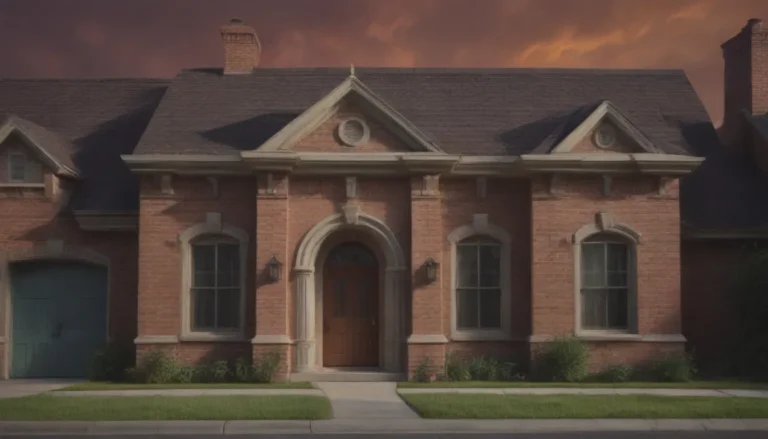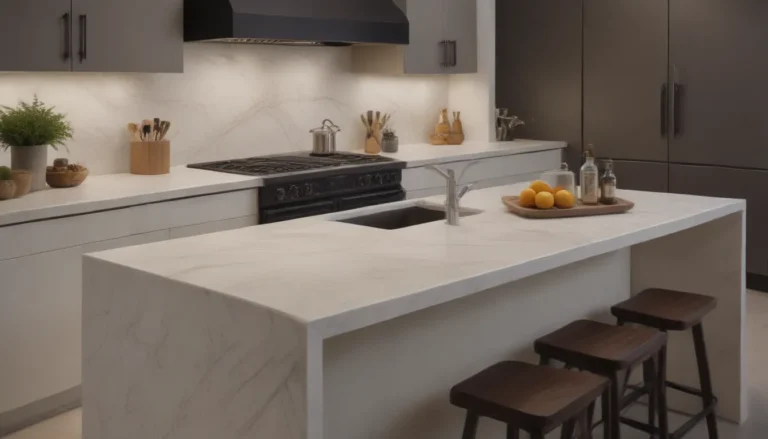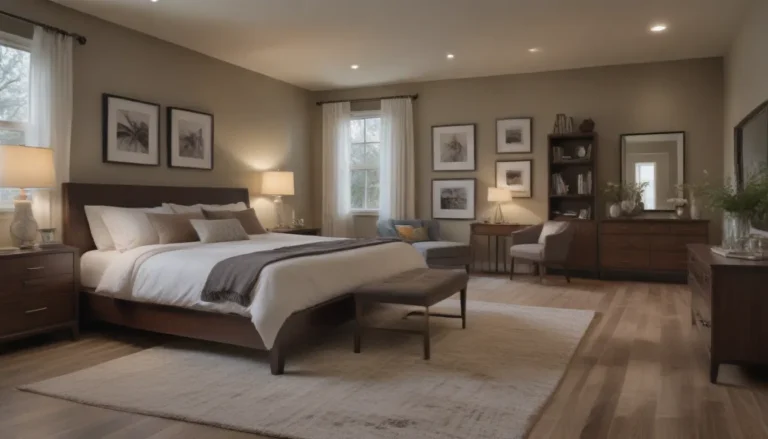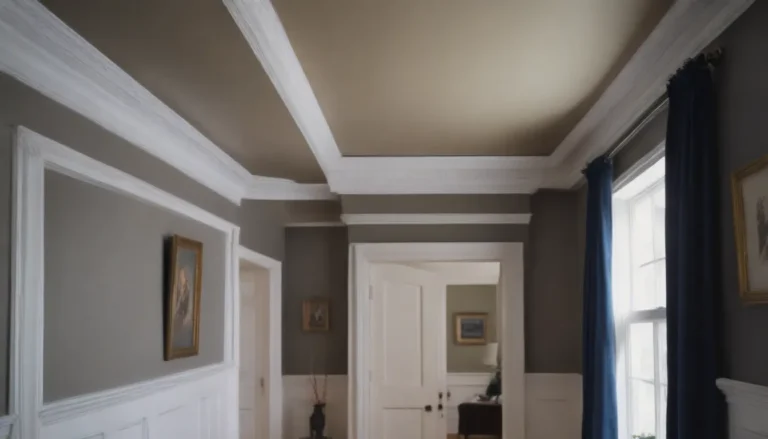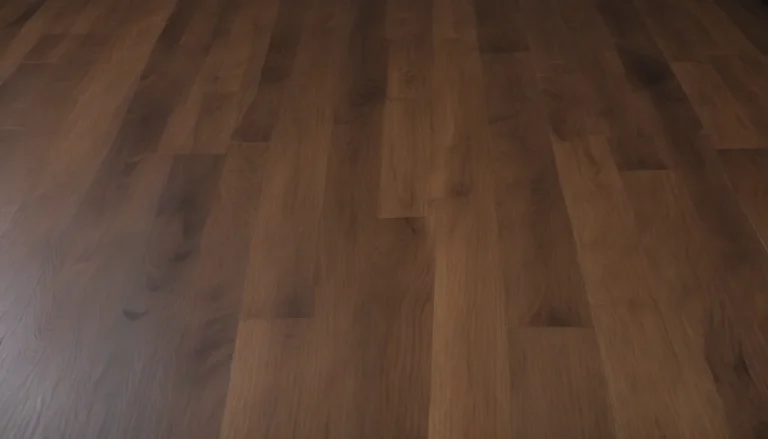How to Address Water Leakage in Your Home

Dealing with water leakage in your walls can be a stressful situation, but it doesn’t always mean a costly repair. By taking a few simple steps to identify, repair, and prevent leaks, you can tackle the issue head-on and protect your home from potential damage. In this comprehensive guide, we will walk you through the process of addressing water leakage in your home, from identifying the source of the leak to implementing preventive measures.
Understanding Water Leakage
Water leaks in your home can be caused by a variety of factors, such as plumbing issues, roofing problems, or exterior defects. It’s essential to identify the source of the leak before taking any action to ensure effective repair and prevent future incidents. Here are some common signs that you may have a water leak in your walls:
- Water stains on walls or ceilings
- Musty odors
- Dampness or moisture in the walls
- Peeling paint or wallpaper
If you notice any of these signs, it’s crucial to act quickly to prevent further damage to your home.
Identifying the Leak
One of the first steps in addressing water leakage is to identify the source of the leak. Here are some tips to help you pinpoint the cause of the problem:
- Use a moisture meter to check the moisture levels in your home
- Use an infrared camera to detect leaks behind walls and ceilings
- Inspect your plumbing system for any visible signs of leakage
Potential Sources of Water Leakage
Once you have confirmed that you have a water leak, it’s time to determine the source. The leak may not always be in the same location as where you see the water, so a thorough investigation is needed. Here are some potential sources of water leakage in your home:
- Interior plumbing issues
- Exterior above-grade problems
- Exterior below-grade issues
How to Repair the Leak
After identifying the source of the water leak, it’s essential to take prompt action to repair the damage and prevent further issues. Here are some tips on how to repair different types of water leaks:
Interior Plumbing Repairs
If the leak is coming from your interior plumbing, it may be necessary to call in a professional to locate and repair the problem. The damaged area will need to be cut open to access the leak, and the wall will need to be patched and repainted once the repair is complete.
Exterior Above-Grade Repairs
For leaks caused by issues such as clogged gutters or compromised caulking, here are some steps you can take to repair the damage:
- Clean gutters and downspouts regularly to prevent clogs
- Replace old caulking with a suitable exterior caulk
- Check and repair flashing around roof penetrations
Exterior Below-Grade Repairs
Repairing leaks that seep through at the lower level of your home can be challenging. Here are some common solutions for exterior below-grade leaks:
- Replace broken sprinkler pipes
- Adjust downspouts to direct water away from the foundation
- Ensure proper grading around the house to prevent water accumulation
Basement Waterproofing
In some cases, you may need to install a basement waterproofing system to prevent water leakage in the lower level of your home. This may involve installing a sump pump system and floor drains to redirect water away from your home.
Preventing Future Leaks
Taking proactive measures to prevent water leaks in your home can save you time and money in the long run. Here are some tips to help you prevent future water leakage issues:
- Schedule regular maintenance checks for your plumbing system
- Keep gutters and downspouts clean and free of debris
- Ensure proper grading around your home to prevent water accumulation
In addition to these preventative measures, it’s essential to address any signs of water leakage promptly to avoid further damage to your home. By staying vigilant and proactive, you can protect your home from water leakage and ensure a safe and comfortable living environment for you and your family.
